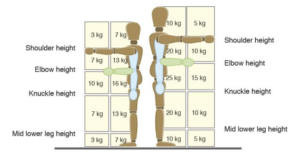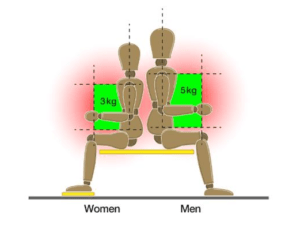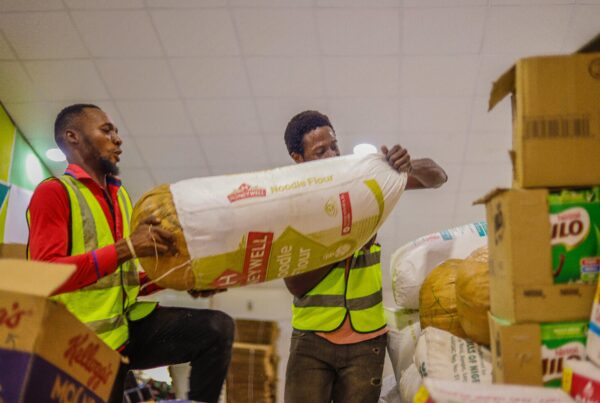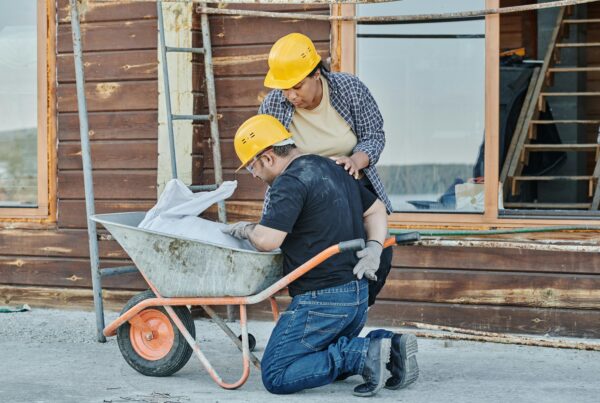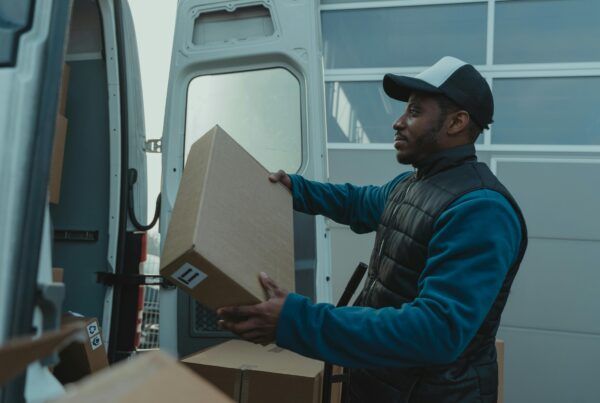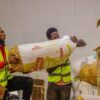Manual handling is a feature integral to many workplaces, and ensuring the safety of your workforce whilst they handle different loads couldn’t be more important. To guarantee that your workers maintain safe habits when executing these manual handling tasks, we’re exploring how you can use the following practical and situation-specific manual handling risk filters, which serve as invaluable tools when measuring the risk level of different handling scenarios.
These models are applicable across all industries but have special relevance to those with excessive amounts of lifting tasks, such as the construction and manufacturing industries.
Understanding Regulatory Context
Manual handling laws and guidelines refrain from specifying rigid weight limits for manual handling activities. Instead, these regulations use broad generalisations to emphasise how you can keep tasks low risk. Deviation from these guidelines not only poses a potential risk of injury but may also contribute to long-term health issues, such as the development of musculoskeletal disorders.
*These guidelines are derived from Health and Safety Executive. They use population data as a rough guide to depict the differences men and women should take into account or might experience when manual handling. However, it is very important to recognise and reiterate that each individual is different – e.g., some women will be able to safely lift heavier loads than some men – therefore it is essential to remember that each situation is unique.
Lifting and Lowering Risk Filter
This risk filter is designed to measure and regulate a worker’s posture during lifting and lowering operations, assuming an easily graspable load in reasonable working conditions. The accompanying diagram delineates filter values for distinct lifting and lowering zones, adapting to variations in handling conditions. Observing the work activity you’d like to assess, comparing it to the above diagram, and assessing the weight and zones involved are essential when carrying out this type of risk assessment.
Do I need a more detailed assessment?
Consider a more detailed assessment if:
- The handling operation occurs outside the filter zones.
- The weight exceeds the specified limits.
- Torso twisting is involved.
- Handling is more frequent than one lift every two minutes.
- Handling is carried out by a team or involves complex aspects.
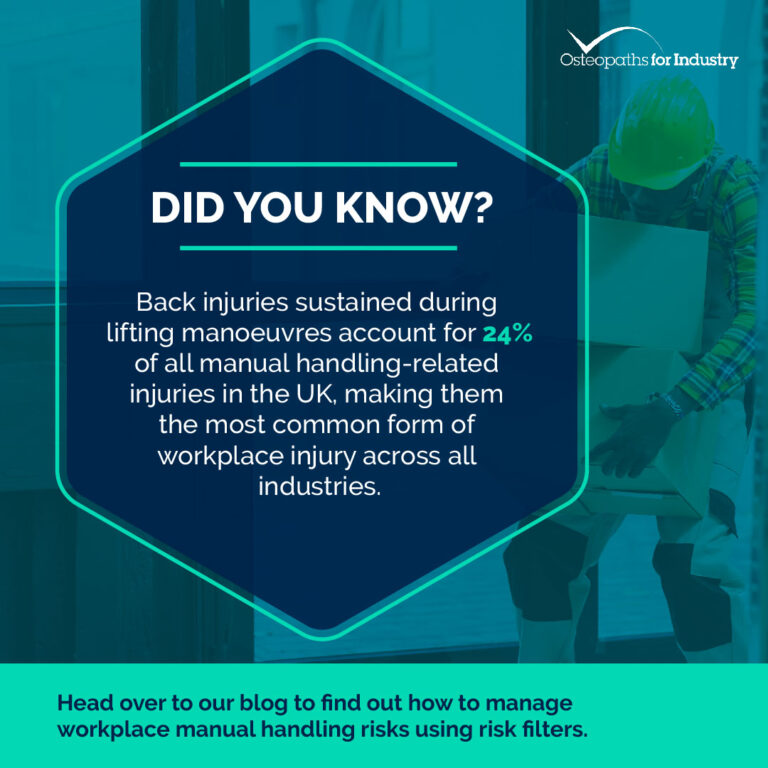
Carrying Risk Filter
Extending the principles of this filter to carrying operations, you need to consider other factors, including proximity to the body, carried distance, and obstruction of regular walking or view. When loads are securely carried on the shoulder without a preliminary lift, you can apply filter values only up to 20 meters of carry distance.
Pushing and Pulling Risk Filter
This filter assesses the worker’s posture for pushing and pulling operations, considering force application, torso position, and hand height. Tasks are deemed low-risk if force is applied with the hands, the torso remains upright, and the distance moved is within 20 meters and without significant pauses.
Do I need a more detailed assessment?
Consider a more detailed assessment if:
- The task requires significant force.
- The task introduces additional risk factors, e.g., uneven or sloping floors/ground, spaces where there is limited room, or tripping hazards.
Seated Handling
In instances where handling operations are executed while seated, specific filter values are provided for two-handed lifting within a designated zone.
Document and Evaluate: A Proactive Approach
Take the time to meticulously document your findings during the risk assessment process. Record the identified hazards, potential harm to individuals, and the measures you put in place to mitigate these risks. These records must remain straightforward, with a primary focus on the implemented controls. Consider doing so even if you have fewer than five employees – and are not, therefore, legally obliged to document your findings. This documentation can be a valuable resource for future reviews, especially when circumstances change.
Workplaces are dynamic environments, subject to production process shifts or workforce composition. Therefore, you should regularly reassess your work activities to ensure that risks are consistently under control and that your risk assessment remains relevant and an adequate measure of the risk level. By routinely reviewing your documentation, you not only guarantee adherence to the law and best practices but also stay ahead of potential challenges, ensuring the ongoing relevance and effectiveness of your risk management strategies.
At OFI, we can conduct risk assessments for you and train members of your team to become your own in-house risk assessors, whether you’re looking for help with:
Improving Workplace Safety Culture
Embracing these manual handling risk filters represents a proactive approach to creating a safer workplace. Regular assessments, complemented by tools like the MAC tool, RAPP tool, or comprehensive risk assessment checklists, help to consolidate an in-depth understanding of potential risks in the workplace and the implementation of effective preventative measures. Prioritising the well-being of your workforce not only ensures the fulfilment of legal obligations but also contributes towards the creation of a workplace culture of safety, productivity, and overall job satisfaction.
In Summary
Integrating practical risk filters is an indispensable strategy for creating a safe and healthy workplace. These filters can offer you the actionable insights you need to lower the risk level associated with specific tasks in your workplace. This proactive stance not only ensures the immediate welfare of the workforce but also sets your business up for sustained success in an ever-evolving work landscape, embedding safety as an ongoing commitment and an integral part of your values and responsibilities.
References
- “Simple manual handling risk filters,” Health and Safety Executive (HSE). https://www.hse.gov.uk/msd/manual-handling-risk-filters.htm
- “Manual handling at work: a brief guide,” Health and Safety Executive (HSE). https://www.hse.gov.uk/pubns/indg143.PDF
- “Appendix 3: Risk assessment filter,” Royal Holloway. https://intranet.royalholloway.ac.uk/staff/assets/docs/pdf/health-and-safety/riskassessmentfilter.pdf
- “Analysis of the Causes and Costs of Manual Handling Incidents in the Healthcare Sector,” Health and Safety Authority (HSA). https://www.hsa.ie/eng/Workplace_Health/Manual_Handling/Manual_Handling_Research_Reports/Manual_Handling_Analysis_Report.pdf



